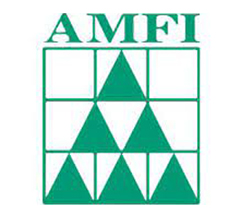Blog Details
Mutual Funds Research
- Top Performing Mutual Funds
- Top Performing SIP Funds
- Mutual Fund STP Calculator
- Mutual Funds Performance Comparison
- Mutual Fund Quartile Ranking
- Top Consistent Mutual Fund Performers
- SIP with Annual Increase
- STP Calculator Profit Transfer
- Top Performing Lumpsum Funds
- Consisted Dividend Paying Funds


